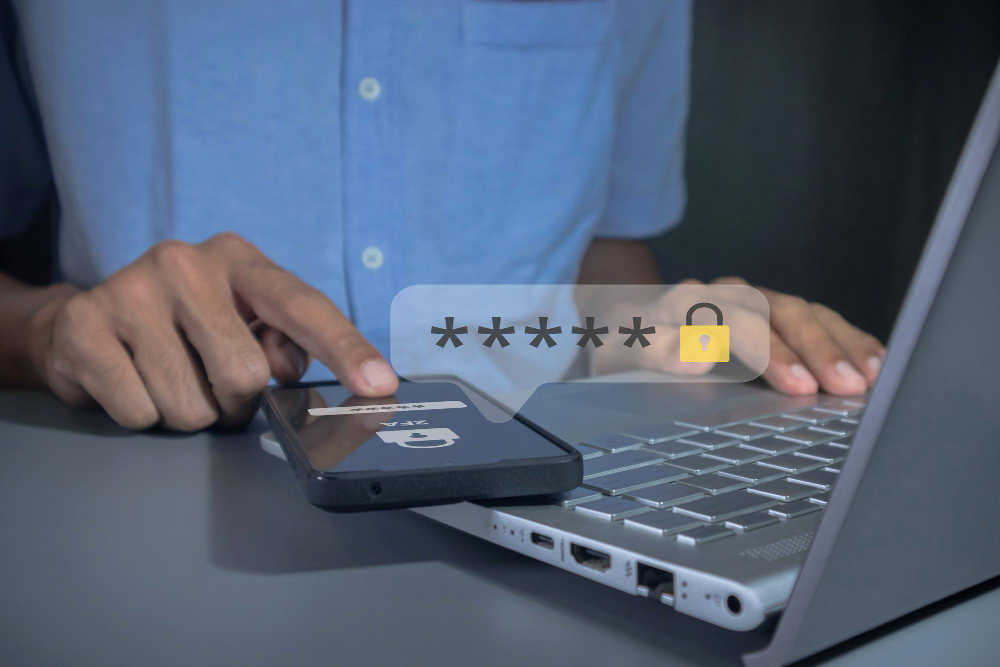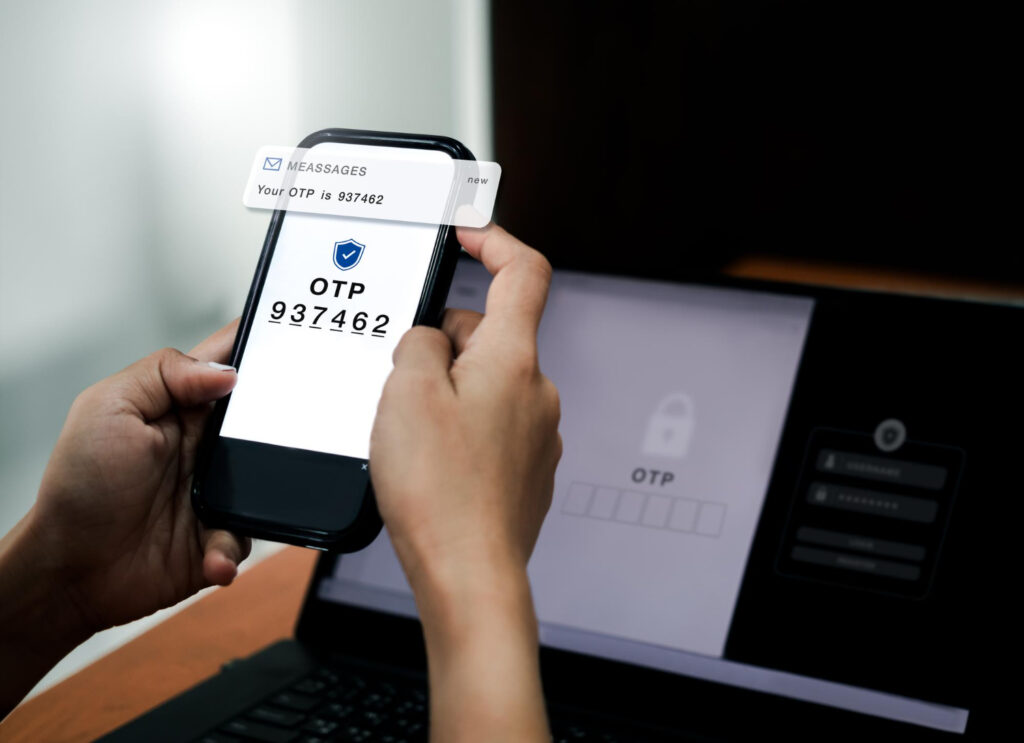Token-based authentication is a modern security method used to verify users. It replaces traditional login credentials with tokens. These tokens are unique, temporary, and secure. Thus allowing users to access the system without re-entering credentials repeatedly.
Tokens can reduce risks such as credential theft by storing user data. This method is scalable, efficient, and can be used across multiple platforms. Its widespread adoption makes it an essential part of modern web applications.
Here, we will explain a few things about token-based authentication in more depth. For more details, check out the article below.
A History of Authentication Tokens

Authentication methods have evolved. Early authentication systems used static usernames and passwords. These methods were very easy to crack. Therefore, tokens emerged as fresh air for more secure data protection.
Tokens introduce a unique, temporary code for user verification. Over time, tokens increase security while reducing server load. Today, token-based authentication is the preferred method for protecting user data.
What Is Token-based Authentication?
Token-based authentication verifies the user by using a unique token. Upon successful login, the server issues a token. The user sends this token with the request to access the system. Tokens are temporary and encrypted, so it can be ensured that communication is entirely secure.
Unlike traditional methods, tokens avoid storing user credentials on the server. This reduces the risk of unauthorized access. Token-based systems work across devices and allow for seamless integration. They are widely used in APIs, mobile applications, and web applications.
How Does Token-Based Authentication Work?

Token-based authentication starts with a user login. The server validates the credentials and issues a token. This token is a digital code that represents the user’s session. The user includes the token in the header for subsequent requests.
The server verifies the token before granting access. The token has an expiration time, which makes the login process more secure. If the token is invalid or expired, access will be denied. This method is efficient, safe, and reduces server dependency.
Benefits of Authentication Tokens
Stateless and Scalable
Tokens are stateless, so they do not store user data on the server. This makes the system scalable and reduces server complexity.
Reduced Server Load
Tokens eliminate the need for session storage. This reduces server load and improves performance. Therefore, the system access process will not be interrupted when traffic is high.
Cross-Platform Compatibility
Tokens work across devices and operating systems. This ensures a seamless user experience across mobile, web, and desktop applications.
Easier to Implement Single Sign-On (SSO)
Tokens simplify SSO. Tokens allow users to access multiple systems with a single login, thus increasing convenience and security.
Enhanced Security
Tokens are encrypted and temporary. This reduces the risk of eavesdropping and unauthorized access, thus ensuring secure communication.
Authentication Token Types

JSON Web Tokens (JWT)
Imagine a digital identity card called JSON Web Token (JWT). This is a widely accepted standard way for computers to share information securely. Think of it like a digital passport that proves who you are and can carry additional details about you.
This “digital passport” is created using a simple format called JSON, which is a way to organize data. These tokens are used to log into websites and share information about your account.
Because these digital ID cards are small, they are easy to send – they can be part of a website address, sent along with a form, or included in a behind-the-scenes message that your browser sends to a website.
Interestingly, these tokens contain all the necessary information, so the website doesn’t need to check its database to verify who you are constantly. The website that receives the token can verify it directly without asking another server.
Each JWT has three parts:
- Header: This part tells the token type and the method used to protect it (such as the type of encryption).
- Payload: This is the main part that carries important information, such as your login details and other details about your account.
- Signature: This is like a special seal that guarantees the information in the payload is authentic and has not been tampered with. This signature uses a secret key to verify the authenticity of the token.
Refresh Tokens
Think of logging into a website as getting a temporary key card to access a building. This key card is like an “access token”-allowing you entry for a limited time.
Now, instead of having to go back to reception (log in again) every time your key card expires, you have a unique master key- a “refresh token.” This master key does not unlock the building directly. Still, it allows you to get a new and valid key card (access token) without hassle.
Access tokens are designed to have a short lifetime for security. This means that they will expire quickly. When your access token expires, the system uses your refresh token to automatically generate a new token, allowing you to continue using the website without interruption.
Refresh tokens are like valuable master keys, so they are kept very safe and secure. If someone manages to get their hands on your refresh token, they could get a new access token and gain unauthorized access to your account. That’s why keeping it secure is so important.
Federated Tokens
A federation token is like a VIP backstage pass at a music festival. When you first arrive, you present your ID card at the main entrance (this is like logging in with a username and password). The festival staff will check your ID and give you a special wristband (which is your federation token).
You can show off your wristband instead of showing your ID again at each stage or VIP area. The security guards in each area trust the wristband because they know it came from the main entrance staff. This makes your experience much smoother – no fumbling for your ID at every door!
So here’s how the federation token works online. When you click “Sign in with Google” on a website, it’s like Google (the main entrance) giving you a digital wristband. Other websites that trust Google will accept this “wristband” without requiring you to sign in again. You can sign in to multiple services with just one Google login, saving time and hassle.
API Tokens
API tokens are like digital keys. When an application wants to use a service (such as accessing data or performing an action), it must present this key. The service creates this unique key- the API token- and gives it to the application. Every time the app makes a request, it presents this key. The service checks if the key matches the key it issued and if it does, it grants access.
Sometimes, a service may use a ‘session ID,’ a special type of key used for a single session or interaction. But in general, API tokens are the standard way to go.
API tokens are much more secure than the old way of sending usernames and passwords over the internet, which was risky. Today, a common and safe method called OAuth2 (which uses ‘access tokens’) is often used to manage these digital keys and ensure secure access.
One-Time Password (OTP) Tokens
A one-time password (OTP) is a digital security guard that generates a unique code that only works once – like a self-destructible password. You may have encountered them when logging into your bank account or other important services.
Here’s how it works in everyday life: After entering your bank account, the bank wants to double-check your identity after entering your usual password. It might:
– Sending a text to your mobile phone with a unique code (SMS-based OTP)
– You can also use an app like Google Authenticator that generates these codes for you (authenticator app).
These codes work in two main ways:
1. Time-based codes: Your phone app generates a new code every 30 seconds, which works in sync with the service you’re logging into. Your phone and the service use the same time to generate and verify the code.
2. Challenge-based codes: This works like a question-and-answer exchange. The service asks a specific question, and your phone provides the correct answer to confirm your identity.
This is similar to having a house key (regular password) and a security guard (OTP) that grants special permission whenever you want to enter. Even if someone gets your house key, they can’t gain access without a unique code from the guard!
Frequently Asked Questions
What is the difference between SSO and token-based authentication?
SSO allows access to multiple systems with a single login. Meanwhile, token-based authentication secures individual sessions with a unique token.
Is a token the same as a key?
No, they are not. Tokens are temporary and session-based. In comparison, keys are permanent and are used to encrypt or sign data.
Which is better, session-based or token-based authentication?
Token-based authentication is better for scalability and cross-platform compatibility. Meanwhile, session-based methods are simpler but less scalable.
Conclusion
Token-based authentication enhances security and user experience. It is efficient, scalable, and works across platforms. Its benefits make it a key component in modern security practices. By using tokens, the system ensures secure and reliable access for users.
